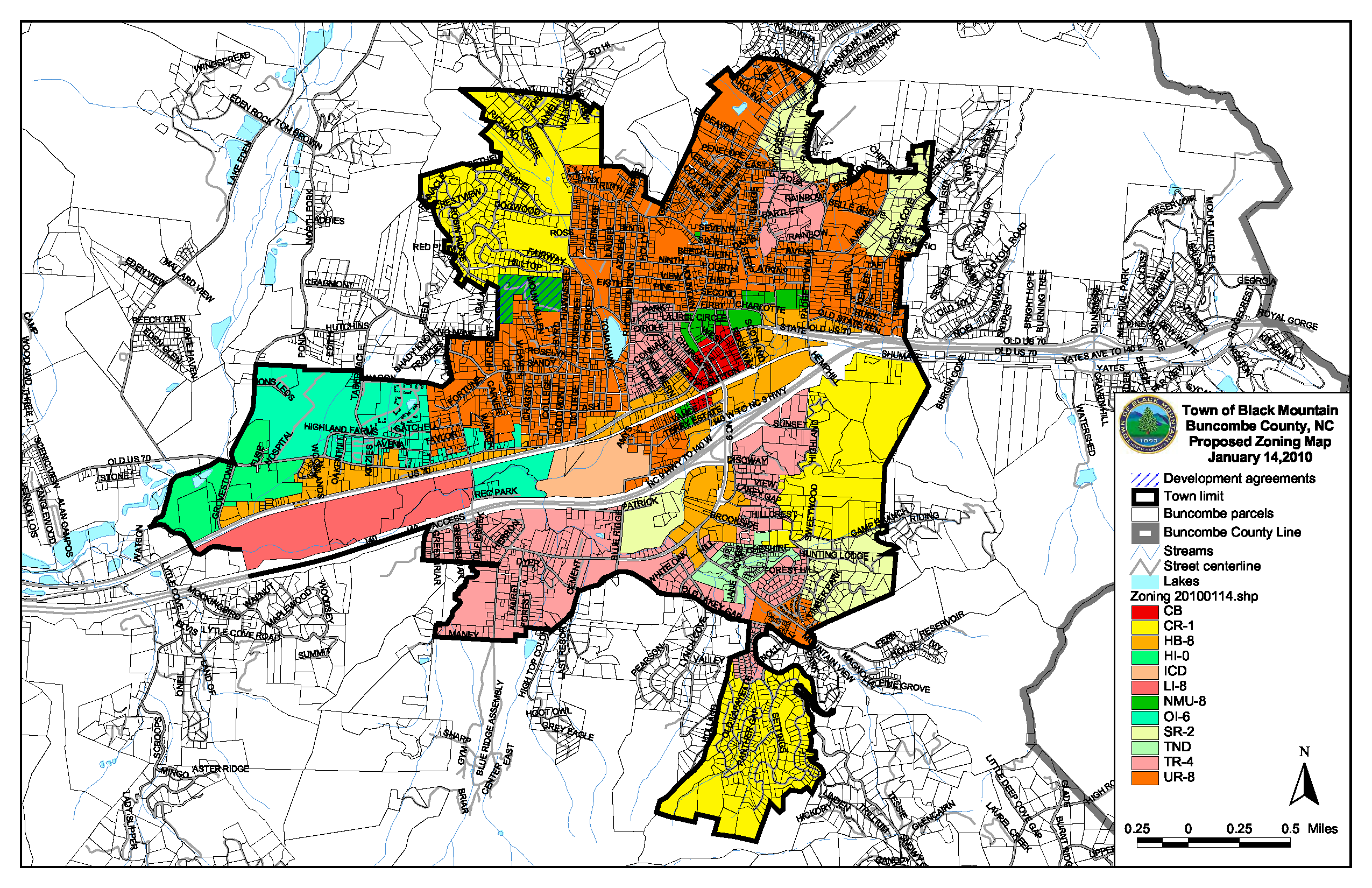



But until reading Price’s text, I didn’t think about how my expectations for what participation looks like can be excluding many students. I value classroom interaction especially because I rely on a student-led facilitation model of my class (see below), and participation is one that I can explain my expectations to students. Participation has been one of those nebulous terms on syllabi often it seems as if it’s used as a stick to punish students who don’t fit an instructor’s image of what a “good” student looks and acts like. Price also questions the concept of participation and how it is invoked in policies such as attendance. How can we teach writing in a more inclusive way that doesn’t just accommodate individual instances of mental diversity but encourages and celebrates it? But mental diversity and disability disrupts this concept of “good” writing and rationality– what happens when linear thinking is not. “Good” writing is linear and rational, it makes sense, and it represents a rational, able mind. One of Price’s arguments is that the university and writing classes are founded on the principles of rationality. As someone who is a proponent and critic of classroom communities, this book forced me to confront the assumptions I had about who was in my classroom. I read Margaret Price’s Mad at School (2011) this summer and had one of those revelations. The new class prep and new TA orientation curriculum combined with my own fun reading has made me particularly reflective about teaching and learning: what I do as a teacher/scholar and why I do it.ġ- Being more inclusive in a variety of ways In many cases, it may be the only pedagogical training the TAs receive (not for lack of resources on campus but more for lack of time and incentive to attend extra co-curricular events hosted outside of departments). Over 600 new-to-OSU TAs from across the disciplines will come to a three day teaching bootcamp. I’m also preparing for the OSU University Center for the Advancement of Teaching new TA orientation next week. This is the first time I’ll get to teach a class outside of a one or two year writing curriculum, so it’s quite a change in some ways. After a year of teaching new (and in some cases, very new hybrid format) courses in our first year and second year writing program, I’ll be teaching another new-to-me class of digital media composing. Fall semester begins at OSU in just two short weeks.


 0 kommentar(er)
0 kommentar(er)
